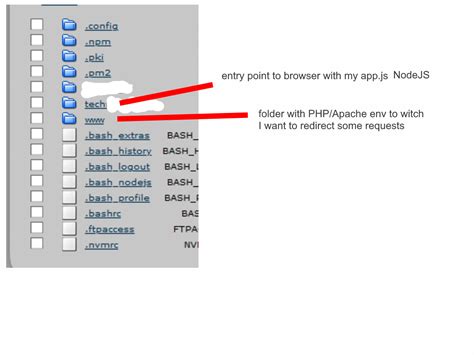Reading to various components based on the Metamask account address
In connection with a decentralized application (DAPP), it is important to manage user authentication and authorization in a way that is transparent, safe and scalable. A popular approach is to use a plugin called Metamask, with which users can safely save their private keys and access several applications.
When creating an identification administration dapp, one of the most important functions you may want to implement is the detour to various components based on selected METAMASK account address. This can be achieved by integrating metamask into your application using a plugin or an API.
How it works
To redirect another component based on the Metamask account address, you must use a combination of the following:
Metask -api : The first step is to integrate the API from Metamask into its dapp. In this way, you can call up user accounts and the associated item of items.
Dapp component
: Select a suitable component for the application to which you want to redirect. For example, if you are an applicant, you may be able to redirect to another component due to your account address.
Example application: detour to the profile of an applicant **
Let us assume that you create identification management DAPP with the following components:
* Application registration
: Here users register for the application and create an account.
* Account Dashboard : Here users can display their profile information including their item of the item and other relevant details.
* Application registration : Here, users with a metamask log in to their application.
If a user selects his Metamask account address as a registration method, you must redirect it into the profile component of an applicant. Here is an example of how this could work:
`JSX
Import react from "react";
Import {recirect, Switch} from 'React-Router-Dom';
Const Applicantprofile = () => {
// Call user account data and item of the item using Metamask -API
Const [UseraCcount, SetuserCcount] = usustate ({});
useeffect (() => {
fetchuser account ();
}, []);
Const fetchuser account = async () => {
attempt {
Const Response = waiting axios.get ('/api/usereccount');
SetuserCcount (response.data);
} Catch (error) {
console.error (error);
}
};
// redirect the applicant's profile component based on the selected account address
Const RedirecttoProfile = (Accountdaddress) => {
return
};
return (
{/ Application registration form /}
{/ Account -Dashboard component /}
{/ ... /}
);
};
`
In this example, the "FetchuserCcount" function uses the Metamask -API to access user account data and item of the item. The "RedirecttoProfile" function is used to transfer the user to the applicant's profile component based on their selected Metamask account address.
Diploma
The redirect to various components based on Metamask account addresses can be achieved by integrating metamask into it with the help of a plugin or an API. If you understand how this works and implements it in your own application, you can provide seamless user experience and improve the general security and scalability of your dapp.


